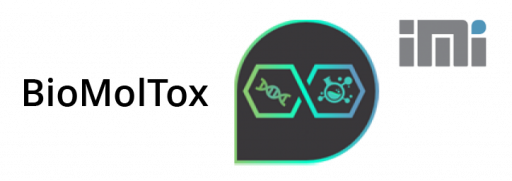Autori: Elizabeta Zandona, Maja Vukelić, Karla Hanousek Čiča, Antonio Zandona, Jasna Mrvčić, Maja Katalinić, Ines Cindrić, Almir Abdurramani, Irena Barukčić Jurina
Sažetak rada
The food industry generates large quantities of biowaste, including olive (Olea europaea L.) leaves, which are rich in phenolic compounds with proven antioxidant and antimicrobial activity. In this study, a microwave-assisted olive leaf extract was produced and evaluated. Antioxidant potential (20.23 ± 0.31 µmol TE g−1), antimicrobial activity against Staphylococcus aureus (MIC 17.62 mg GAE g−1), and cytotoxic effects in breast (MDA-MB-231 (IC50 = 38.9 ± 1.8 µg mL−1), MCF-7 (IC50 = 58.9 ± 5.4 µg mL−1) and prostate cancer PC-3 (IC50 = 69.2 ± 7.6 µg mL−1) cell models were confirmed. Further, the extract was incorporated into a whey protein isolate (WPI) edible coating mixture and applied to semi-hard cheese over a 60-day ripening period. When applied to cheese, WPI-based coatings enriched with OLE contributed to an improved antioxidant potential (289.79 ± 16.16 µmol TE L−1), elevated retention of total phenols and flavonoids, and slightly reduced microbial growth without compromising cheese safety. Compared to the uncoated control, coated samples showed higher total solids (up to 62.87 ± 0.13%, CWPIM) and fat contents (up to 26.59 ± 0.17%, CWPIM), moderated proteolysis (WSN in CWPIM: 3.15 ± 0.09% vs. 4.48 ± 0.02% in C0), maintained cohesiveness and resilience compared to the control, and exhibited less pronounced color deviation (ΔE) in some coated samples during ripening. These results highlight the potential of olive leaf extract as a bioactive, sustainable ingredient for functional edible coatings that improve the nutritional, technological, and microbiological quality of ripened cheese.
Rad je dostupan na sljedećoj poveznici.
